Highland Middle School
ALSC Architects was tasked with giving Highland Middle School a collaborative and dynamic space for students in Spokane, Washington.
This middle school is the largest architecture on a primarily residential prairie. The human scale emphasis of articulating the masses seamlessly inserted the 140,000 SF school into its context.
The narrow cross-section of the school affords views, both vast and near, to visitors and students throughout the entire facility. The site has distant views of vast regional landscape beacons including the West Plains, Tower Mountain, Beacon Hill, and the prominent Mt. Spokane. Landscape design takes the natural plant palette and strategically places plantings adjacent to child-scaled windows, creating immediate views and connection to the environment.
Classroom groupings emphasize a ‘Village’ scale, enabling 6th-8th graders to build stronger relationships with other students and their teachers while feeling safe and comfortable in their educational environment. This also reduces travel time between primary classes, providing more opportunity for social interactions. The flexibility of the Villages can change from year-to-year, stacking a grade between first and second floors, or grouping grades on the same floor horizontally, depending on the teaching pedagogy of any particular school year.
Many informal teaching zones were created for smaller scale instruction. Found spaces include edges in the commons, throughout the CTE/events corridor, and at stairways. The connecting gaskets are important for wayfinding and small group instruction. These spaces embrace the greater landscape and orient students to where they are on the site and within the school.
The Highland Commons is a place for students, not a large-scale public statement. The commons is set back from the public front for safety and security measures. This strategy also provides an appropriate scale for the individual student as well as the entire student body. The personal scale is achieved by eddies on the perimeter and a strong connection to nature looking toward the southwest. Glu-lam beams provides a warmth that helps to de-institutionalize the larger volume.
The overall composition is a scaled down procession of volumes that stacks and layers over itself. This breaking down of scale of the architecture resonates with the community and Mead School District.
Design: ALSC Architects
Photography: Tony Roslund

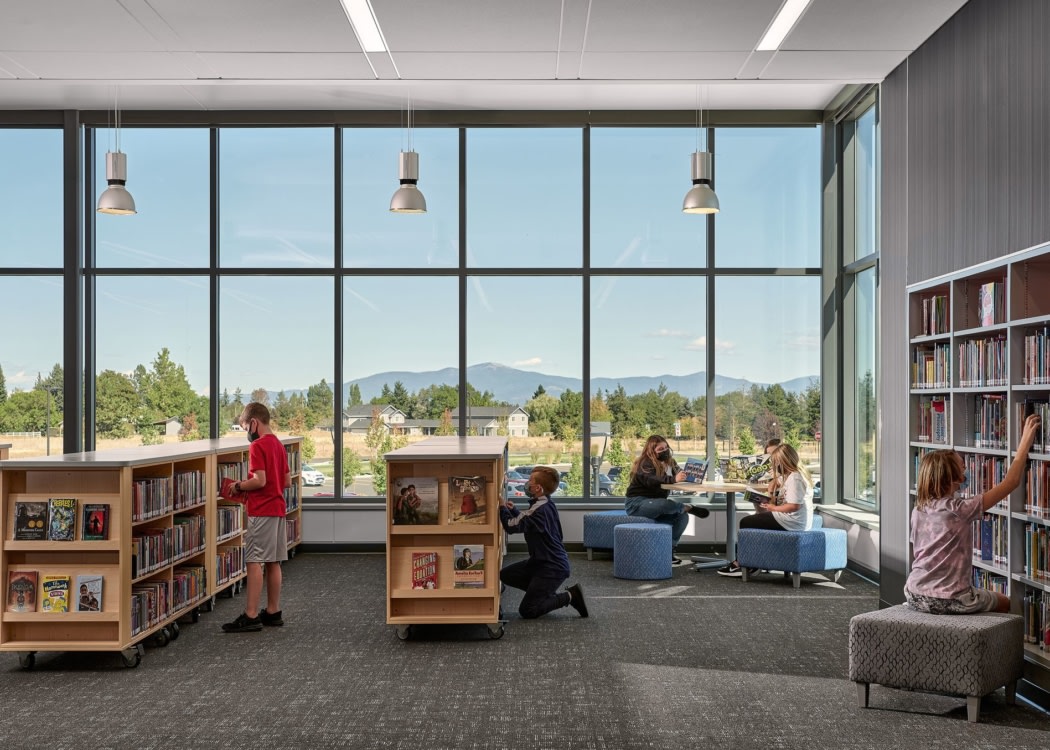
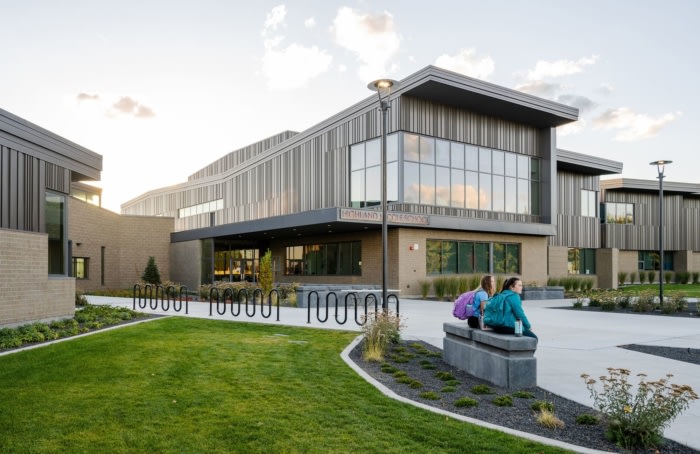
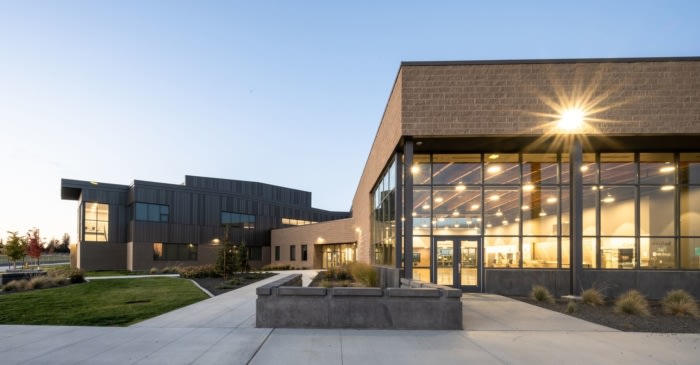
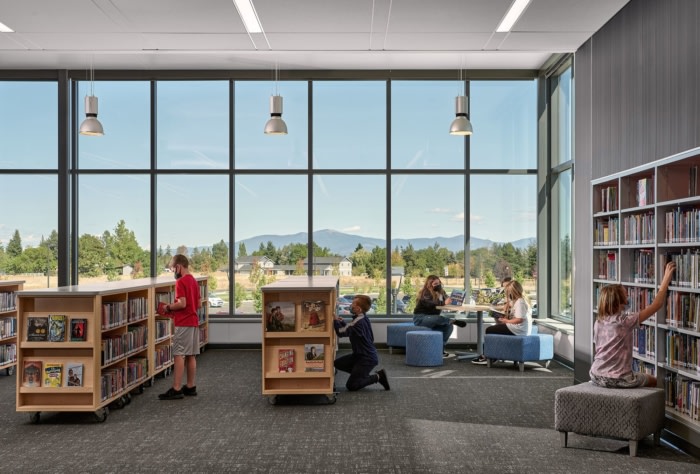
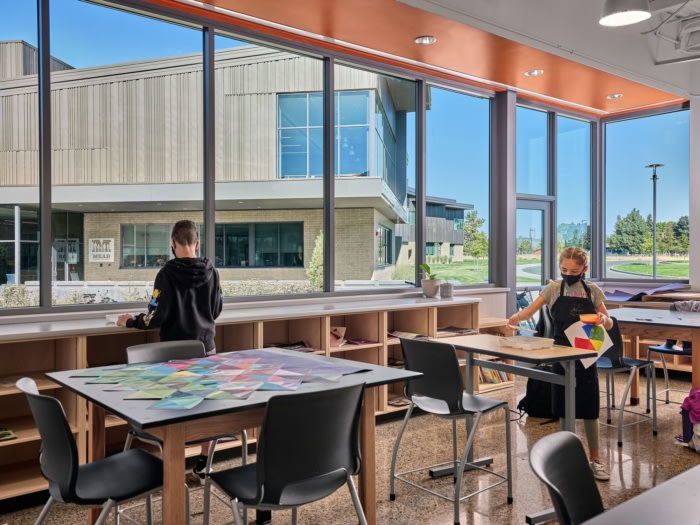
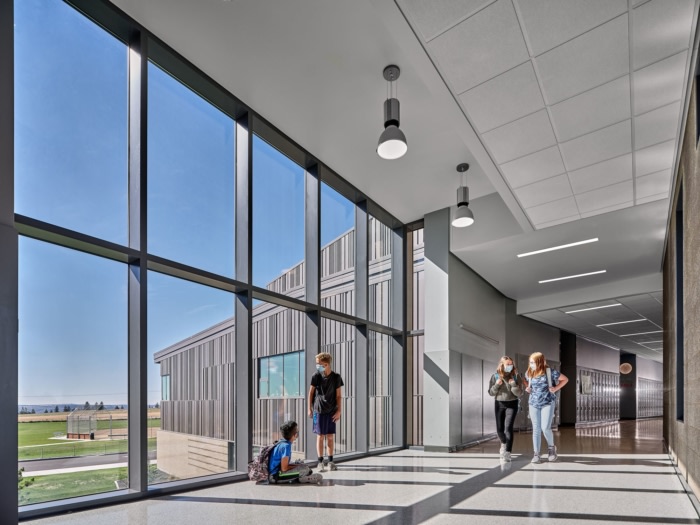
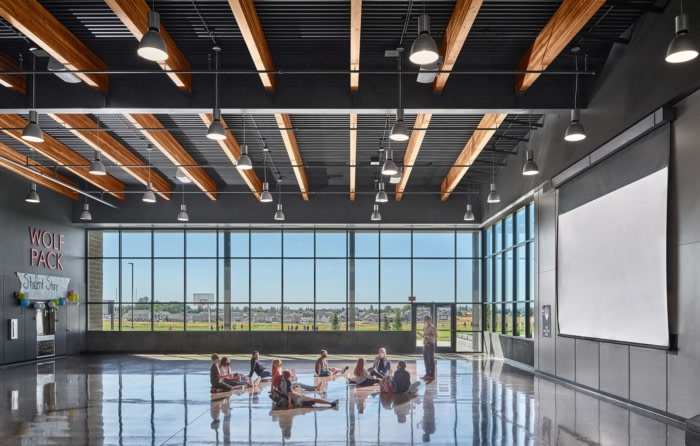
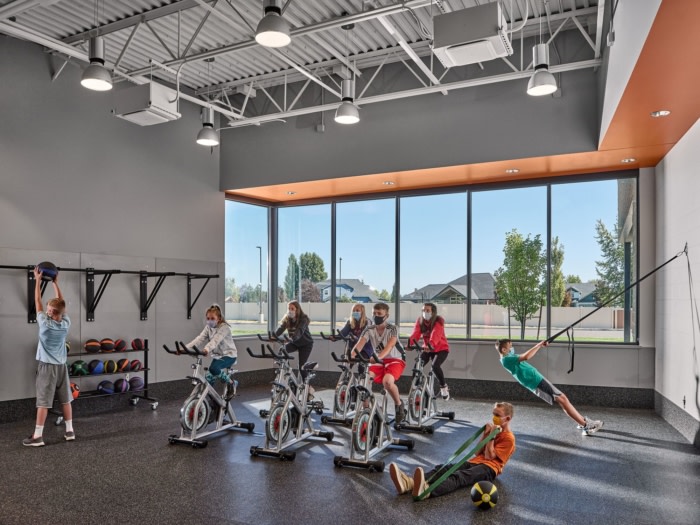


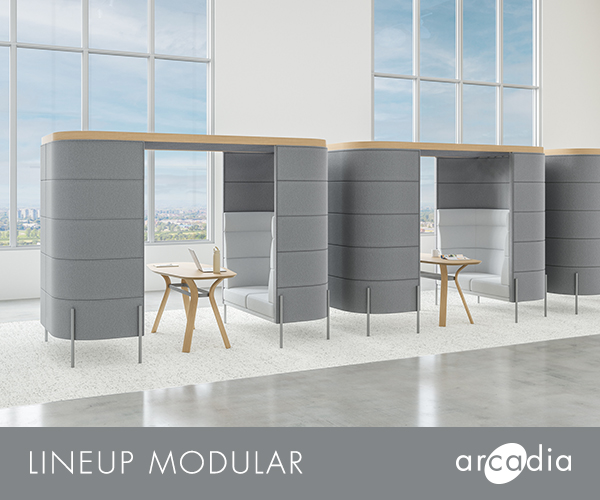

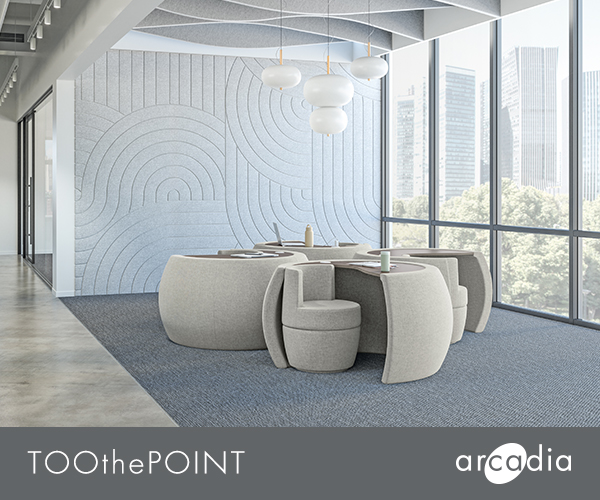



Now editing content for LinkedIn.